Duration
21D/20NTrek Difficulty
DifficultHighest Altitude
6543mtBest Time
March to June and Sep to NovPrice
180000/-
MOUNT SHIVLING
Details
The journey to Mount Shivling, a peak standing at 6,543 meters, is not only a mountaineer's challenge but also a spiritual pilgrimage due to its sacred significance in Hinduism. The mountain's name, "Shivling," derives from its resemblance to the iconic symbol of Lord Shiva, a central deity in Hinduism.
Make Your Way to Gangotri
Gangotri:Begin your journey by traveling to Gangotri, located at an elevation of 3,415 meters. Gangotri is one of the four important Char Dham pilgrimage sites in Uttarakhand and is the starting point for many high-altitude treks and expeditions. The town is known for the Gangotri Temple, dedicated to Goddess Ganga, and its stunning views of the surrounding Himalayas. Upon arrival, settle into your accommodation and take some time to acclimate to the altitude.
Rest and Acclimatization at Gangotri
Rest and Acclimatization at Gangotri
Acclimatization in Gangotri:Spend the day resting and acclimatizing in Gangotri. This is crucial for preparing your body for the higher altitudes you will encounter during your expedition. Use this time to explore the local area, visit the Gangotri Temple, and take short walks to help your body adjust to the altitude.
Gangotr to Bhojwasavia Chirbasa
Chirbasa:Begin your trek from Gangotri to Bhojwasa, passing through Chirbasa, which is located at an elevation of 3,600 meters. The trail follows the Bhagirathi River and offers stunning views of the surrounding peaks and dense forests. Chirbasa, meaning "place of pine trees," is a beautiful campsite with panoramic views.
Bhojwasa:Continue your trek to Bhojwasa, situated at an elevation of 3,775 meters. Bhojwasa is the last campsite on the route to Gomukh and Tapovan and offers a serene environment with beautiful views of the Bhagirathi peaks. Set up camp and rest for the night.
Bhojwasa to Tapovan via Gomukh
Gomukh:Resume your trek from Bhojwasa to Tapovan, passing through Gomukh, the snout of the Gangotri Glacier, located at an elevation of 4,025 meters. Gomukh is considered the source of the Ganges River and is a significant spiritual site.
Tapovan:Continue your ascent to Tapovan, situated at an elevation of 4,460 meters. Tapovan is a high-altitude meadow known for its stunning beauty, surrounded by towering peaks like Shivling and Meru. Set up your base camp and prepare for the days ahead.
Acclimatization at Base Camp
Base Camp Acclimatization:Spend the day acclimatizing at the base camp in Tapovan. This day is crucial for adjusting to the high altitude before beginning the expedition. Take short hikes around the area, rest, and ensure your equipment and supplies are ready for the expedition.
Expedition
The Expedition:Over the next 13 days, embark on your expedition. This period involves climbing, exploring, and possibly summiting peaks in the region. Each day will present unique challenges and experiences, testing your endurance, skills, and teamwork.
Depart from Gangotri
Return to Gangotri:After completing the expedition, make your way back to Gangotri. This day marks the end of the trekking and climbing activities, allowing you to reflect on your accomplishments and enjoy the serene beauty of the region.
Reserve Days
These two days are set aside as buffer days in case of any delays or unforeseen circumstances during the expedition. Use these days to rest, explore more of Gangotri, or start your journey back home if the expedition goes as planned.
Terms and Conditions
- Carry valid id card i.e. Aadhar Card/Passport/Driving Licence.
- Modification or Amendment is accepted in compliance with the cancellation policy. Any changes in tax must be paid by the guest.
- Any changes in tax must be paid by the guest.
- Hike2Heaven reserves the right to cancel the booking if the balance amount is not paid at the time of arrival.
- Guaranteed bookings are those for which the full and final payments have been received before start of Trek.
- 30% of the payment must be done at the time of booking.
- The remaining 70% of the payment must be cleared before arrival as it is required to arrange stay, food, and other equipment for the trek.
- Full payment must be made in advance to confirm bookings and can be done in Cash/UPI/Bank account only.
- Personal cheques and post-dated cheques are not acceptable.
- Payments can be deposited using bank details, online payment, Gpay, Phonepe, Paytm.
- A scan or fax copy of the bank-stamped deposit Pay-in slip or a screenshot of the transaction is required for online transfers.
Cancellation Policy
| Number of Days prior to Trek | Cancellation Charges applicable |
| 30 Days before | 10% |
| 8-29 Days before | 30% |
| 7 Days before/ No show | No refund |
Note: - Contact us in case of change of dates/trek
Trek Cost Inclusion
- Accommodation: - Stay is included on all days of the trek. In tents/guest house double/triple sharing only. Guesthouse stay will be at base of Trek and on other days you will be staying in tents.
- Meals: - Meals are simple, nutritious, and vegetarian.
Day Meal included Day-1 of base camp arrival Dinner & Breakfast next morning Next Days on Trek Breakfast, Packed lunch & Dinner Final Day at Base camp for Departure Dinner & Breakfast next morning - Non-veg meals are not served.
- Trek Equipment: - All the trek equipment will be included like a sleeping bag, Camping Tent, kitchen tent, utensils, mattress, tent, toilet tent, and crampon (if needed).
- Transportation: - Transportation charges are included if opted for.
- First aid medical kits.
- All the needed forest entry fees along with permits.
- Your trek will be led by a trained, experienced professional guides and trek leaders with a solid guiding background, trekking experience, and a passion for leading people into breathtaking terrains.
Trek Cost Exclusion
- All kinds of personal expenditures are excluded.
- Anything that we have not mentioned above.
- The trek cost is not inclusive of meals bought during the journey on 1st day and last day. (Food starts from dinner at base camp on day first till last day morning breakfast).
- Mules or porter charges to carry private baggage.
- Any kind of emergency evacuation charges.
Packing List
Things you must take on the trek
- DOCUMENTS REQUIRED
- VITAL GEAR KIT
- PERSONAL MEDICAL/HEALTH KIT
1.DOCUMENTS REQUIRED: -
To ensure a smooth and hassle-free trekking experience with Hike2Heaven, make sure you have the following documents ready. These documents are required by both Hike2Heaven and the forest department, and without them, you will not be permitted to trek.
1.Government Photo Identity Card: Carry the original and a photocopy of a government- issued photo identity card. This can include a driver’s license, Aadhar Card, or passport. The forest department requires this for identification purposes.
2. Disclaimer Certificate: The disclaimer certificate consists of two sections:
•Personal Medical Record if anyDuring registration at the base camp, hand it over to your Trek Leader.
Pro Tips:. Safeguard your important documents by placing them in a clear plastic cover and sliding them into the inner pocket at the back of your backpack. This precaution prevents them from getting wet and ensures their safety throughout the trek.
Having these documents in order ensures a smooth check-in process and allows you to focus on the adventure that lies ahead. Trek safely and enjoy your journey with Hike2Heaven!
2. VITAL GEAR KIT: -
Before making any gear purchases, consider inquiring at Hike2Heaven for custom-made, high- quality gear available at just 5% of the buying cost. Rent trekking essentials like shoes, backpacks, padded jackets, trekking poles, rainwear, and headlamps for less than Rs 1400 for the entire duration of your trek.
-
Here's a comprehensive list of everything you need for your trek:
- Trekking shoes with ankle support
- Backpack with rain cover
- Daypack for the summit day (10-15 L)
- 1 woollen sweater
- 1 fleece
- 1 padded jacket
- 1 woollen sweater
- 2 fleeces
- 1 padded jacket
- 1 pair of thermals
- 1 woollen sweater
- 2 fleeces
- 1 padded jacket
- Sunglasses
- Sun cap with flaps
- Waterproof gloves
- Balaclava
- Socks (2 pairs of Dry fit + 1 pair of Woollen)
- Headlamp
- Trekking pole
- Rain jacket + pants / poncho
- Sunscreen
- Moisturiser
- Light towel
- Lip balm or Vaseline
- Toilet paper
- Toothbrush
- Toothpaste
- Reusable plastic covers (for used clothes)
- Steel lunch box, spoon, and mug
- Two water bottles or Hydration Pack **Our top tip: Keep your backpack light. Hike2Heaven promotes low-impact sustainable trekking, and carrying your own backpack reduces your impact on the mountains by 20%. We encourage all trekkers to carry their own backpacks unless they have a justifiable reason not to. Trek responsibly and enjoy your adventure!
1. Shoes and Backpack:
2. Warm Layers and Clothes:
Spring, Summer, and Monsoon Treks (3 layers):
Autumn Treks (4 layers):
Winter Treks (5 layers):
3. 3 collared T-shirts (Wear one, carry two)
4. 2 quick-dry trek pants (Wear one, carry one)
5. Accessories:
6. Toiletries:
7. Cutlery:
3.PERSONAL MEDICAL/HEALTH KIT: -
Ensure you carry these medicines with you, easily accessible always. Remember not to take any medicine unless you have consulted your trek leader.
1. Diamox (1 Strip): An essential part of Live Saving Drugs, Diamox helps reduce the chances of Acute Mountain Sickness on the trek.
2. Dolo 650 (5 tablets): A paracetamol that tackles fever and mild pain.
3. Avomine (4 tablets): If you are prone to motion sickness, carry Avomine. Take one-half hour before the start of your road journey.
4. Combiflam (5 tablets): Useful for sudden twists or muscle strains. Combiflam is a pain reliever containing paracetamol.
5. Digene (4 tablets): Take it if you feel the food, you've consumed is undigested. Alert your trek leader immediately, as it could be a sign of AMS.
6. ORS (6 packs): Consume an ORS pack at least once a day, usually mid-day during your trek. It replenishes essential salts lost while trekking. Tip: It also makes cold water easier to drink.
7. Knee Brace (optional): Carry this if you are prone to knee injury or have known issues of knee pain.
Our trek leaders carry a high-altitude medical kit, including Life Saving Drugs, and are trained to handle emergencies. Contact your trek leader before consuming any of these medicines.








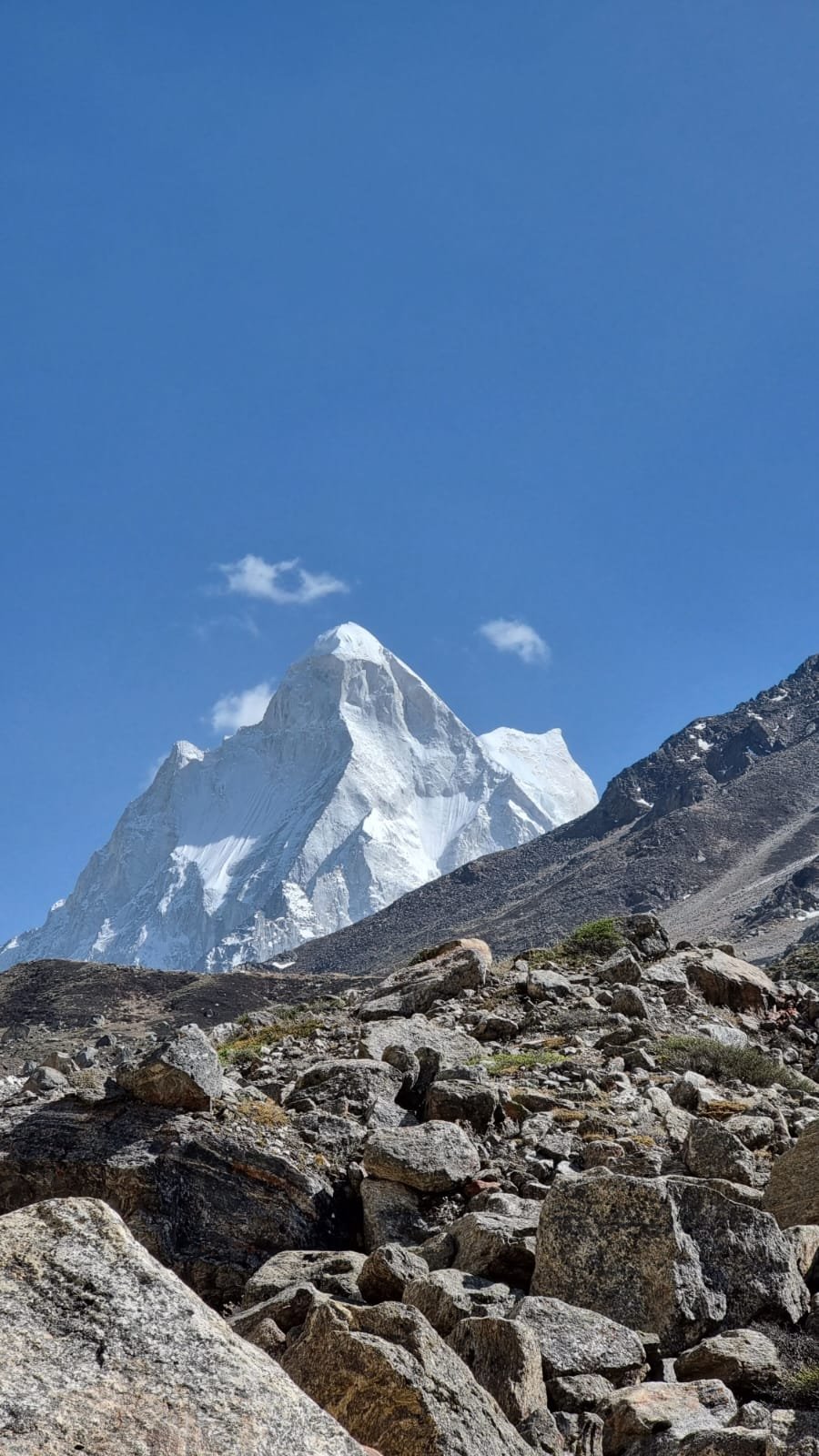
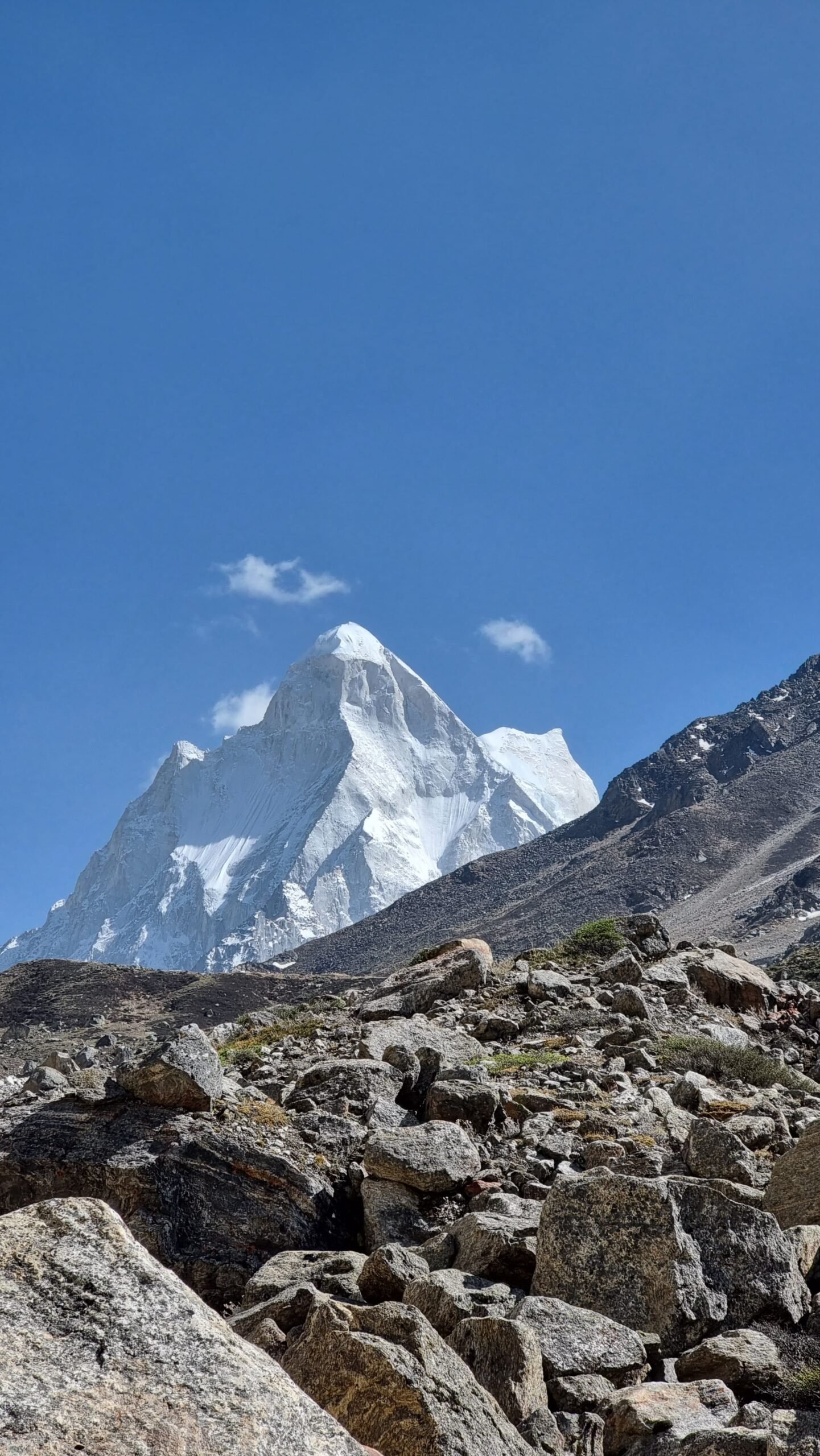
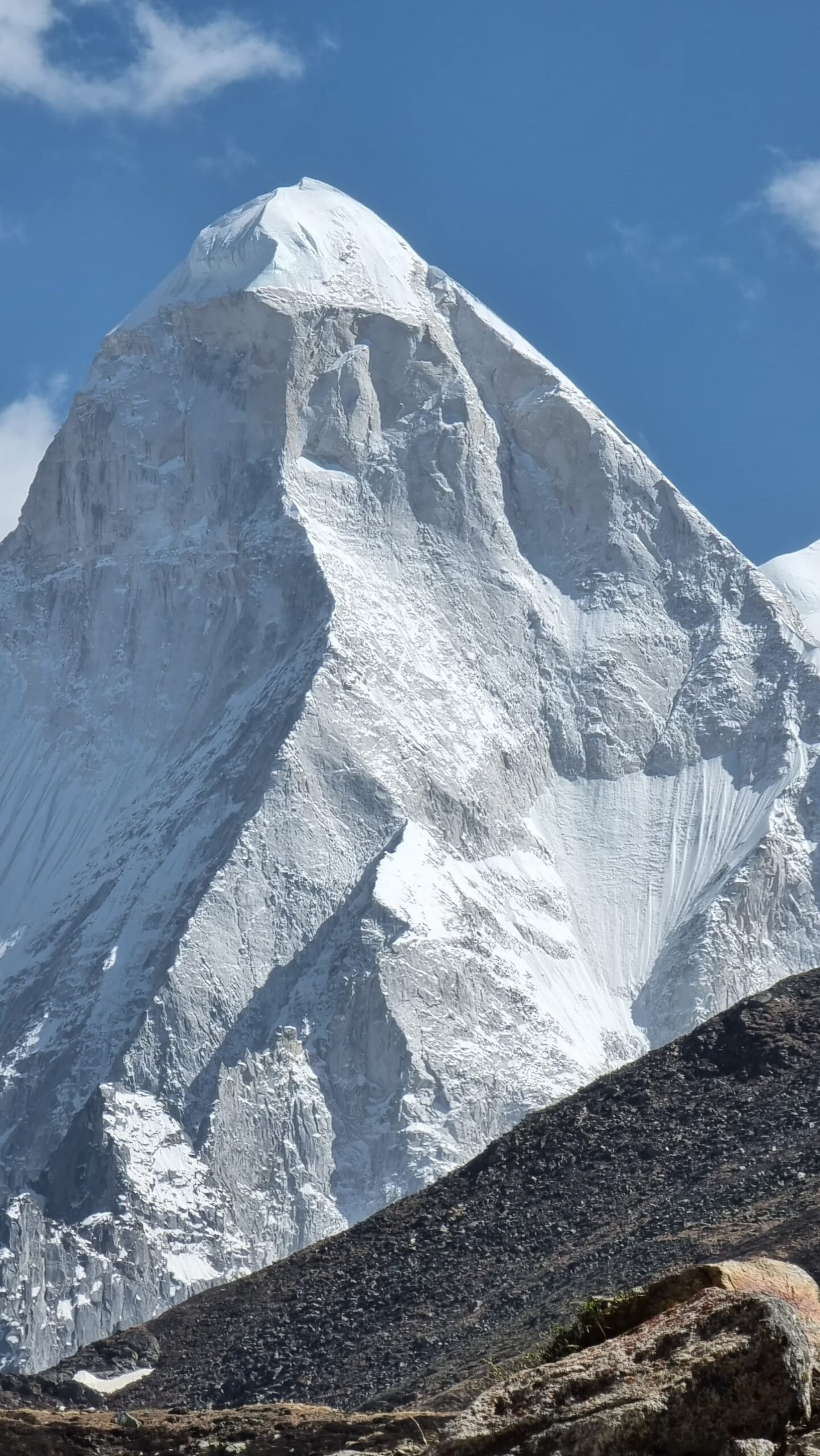
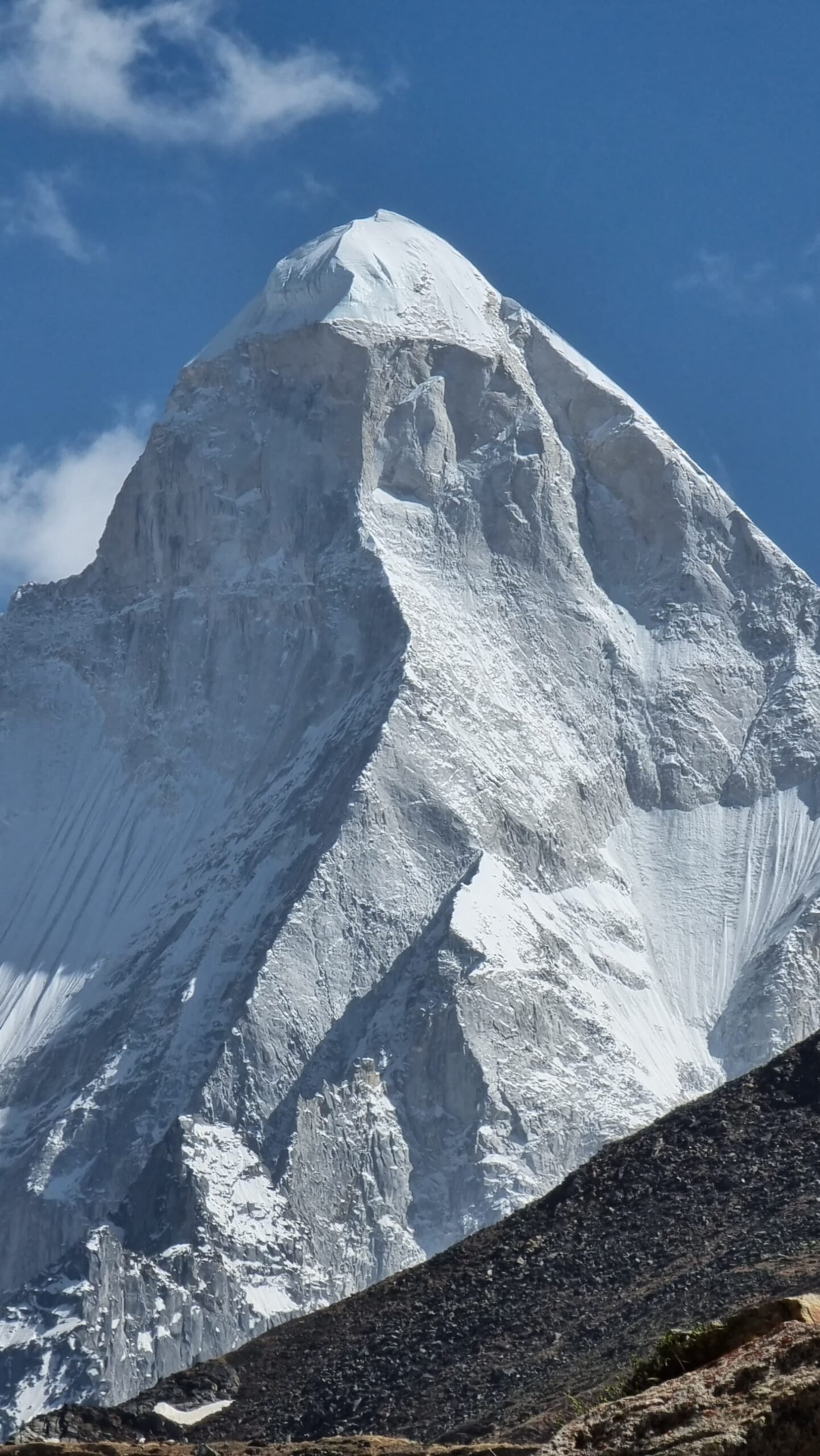
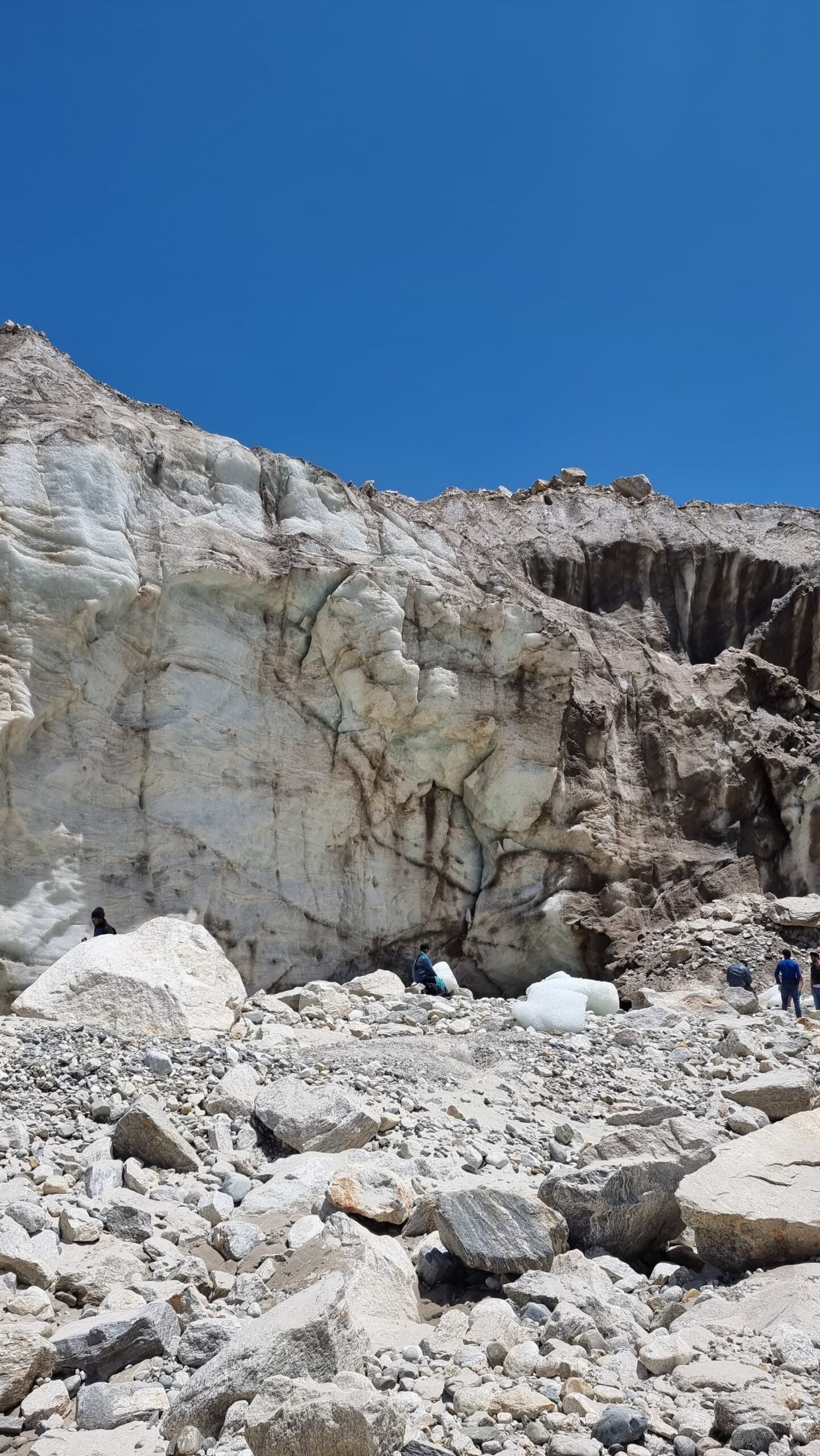
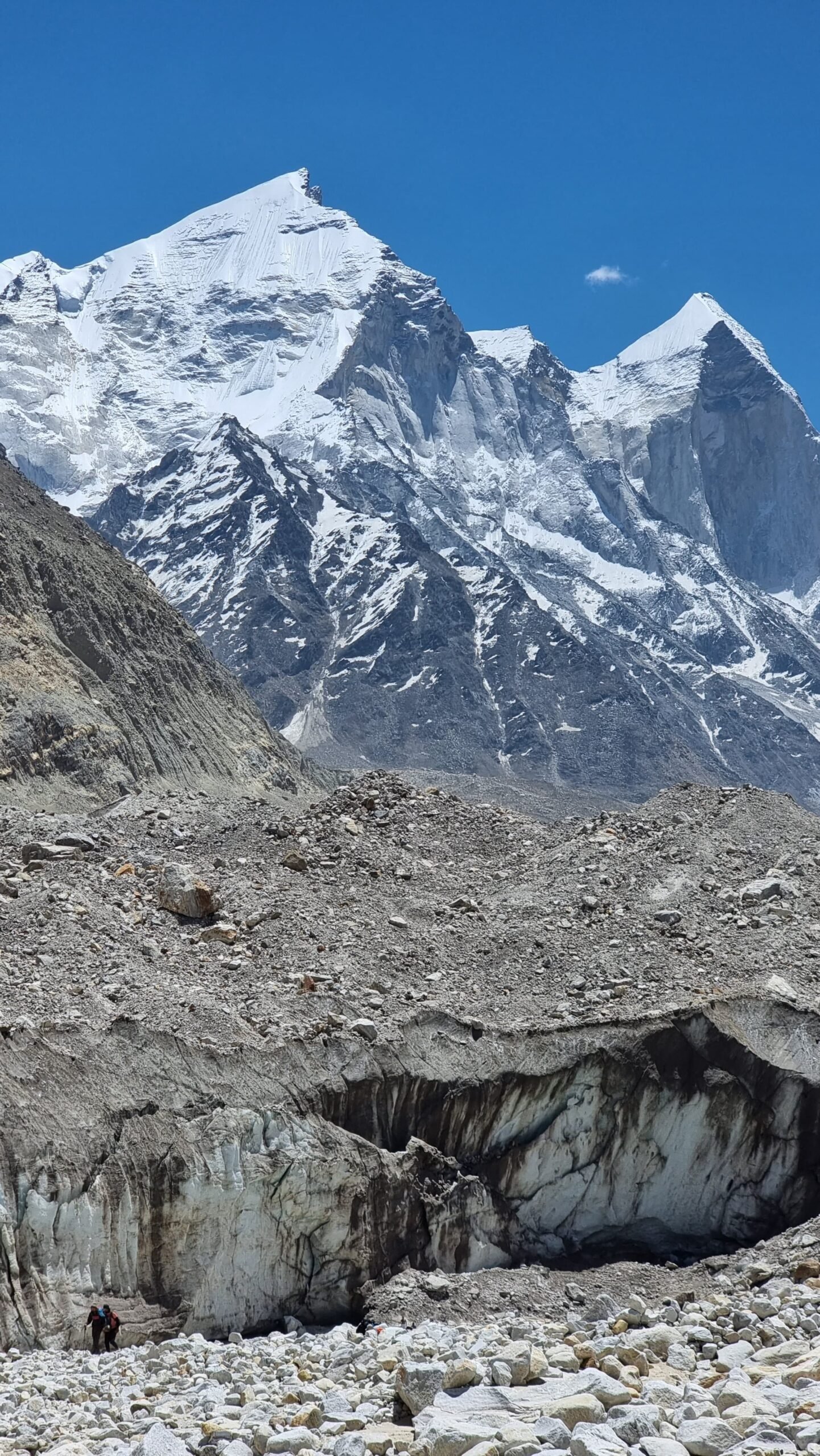
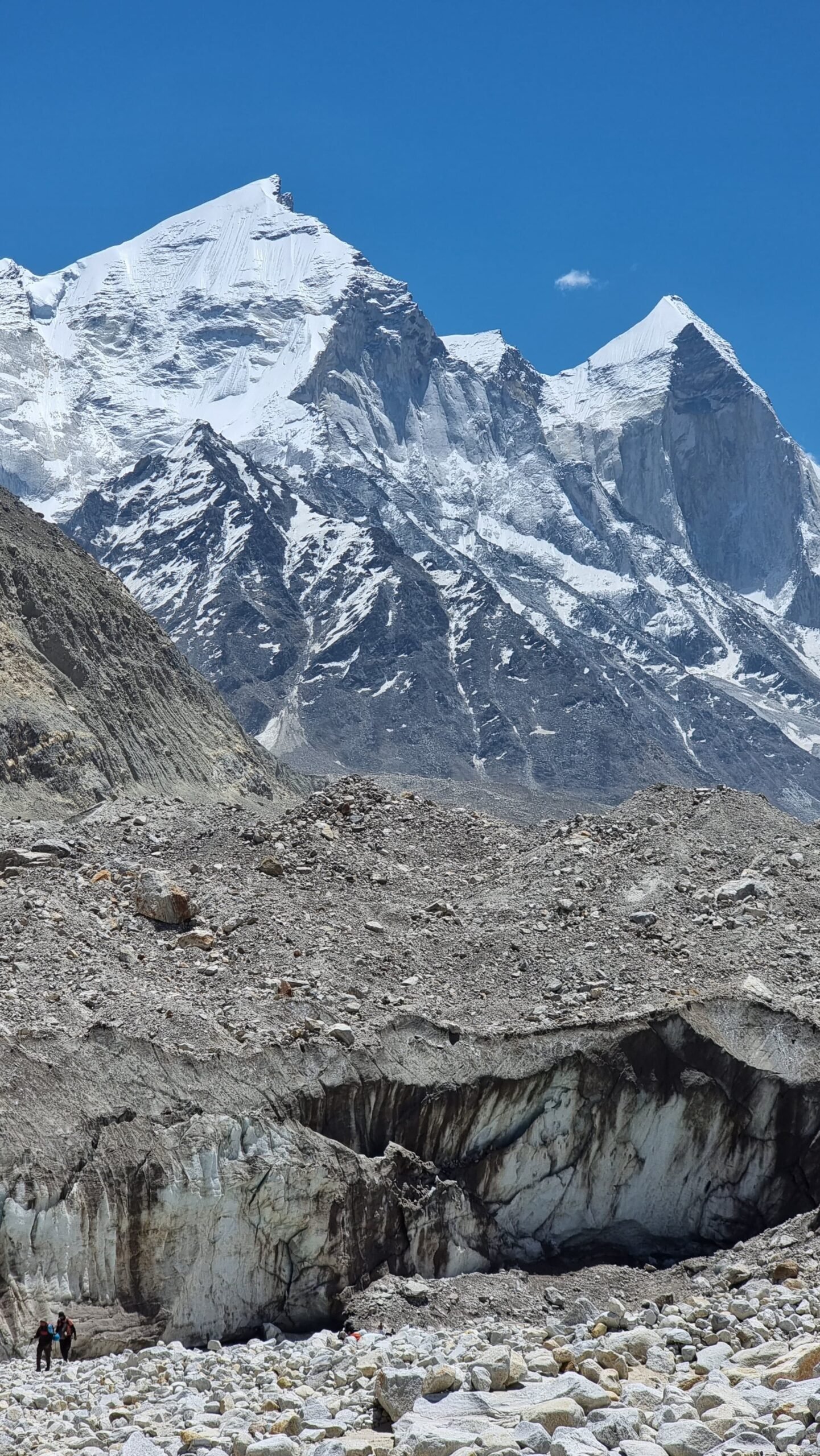
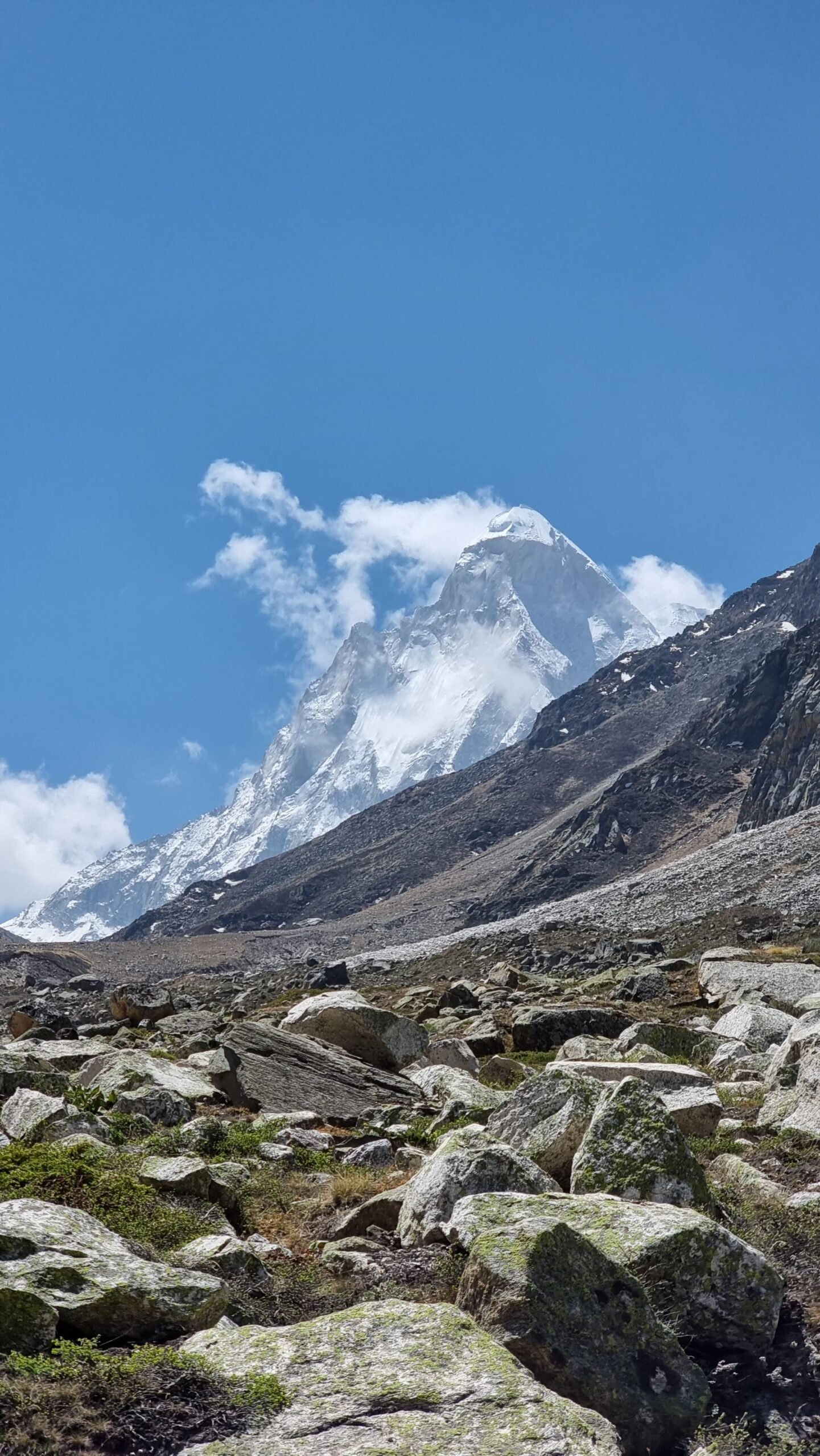

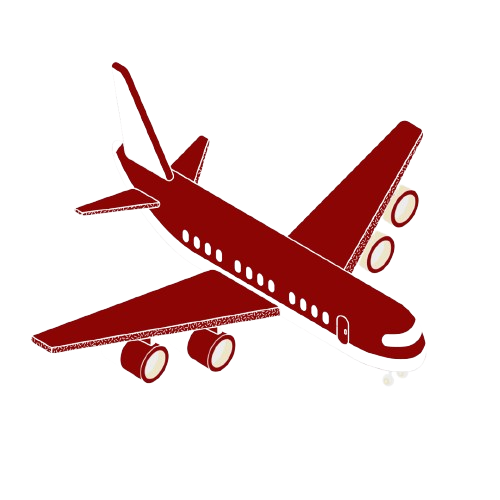



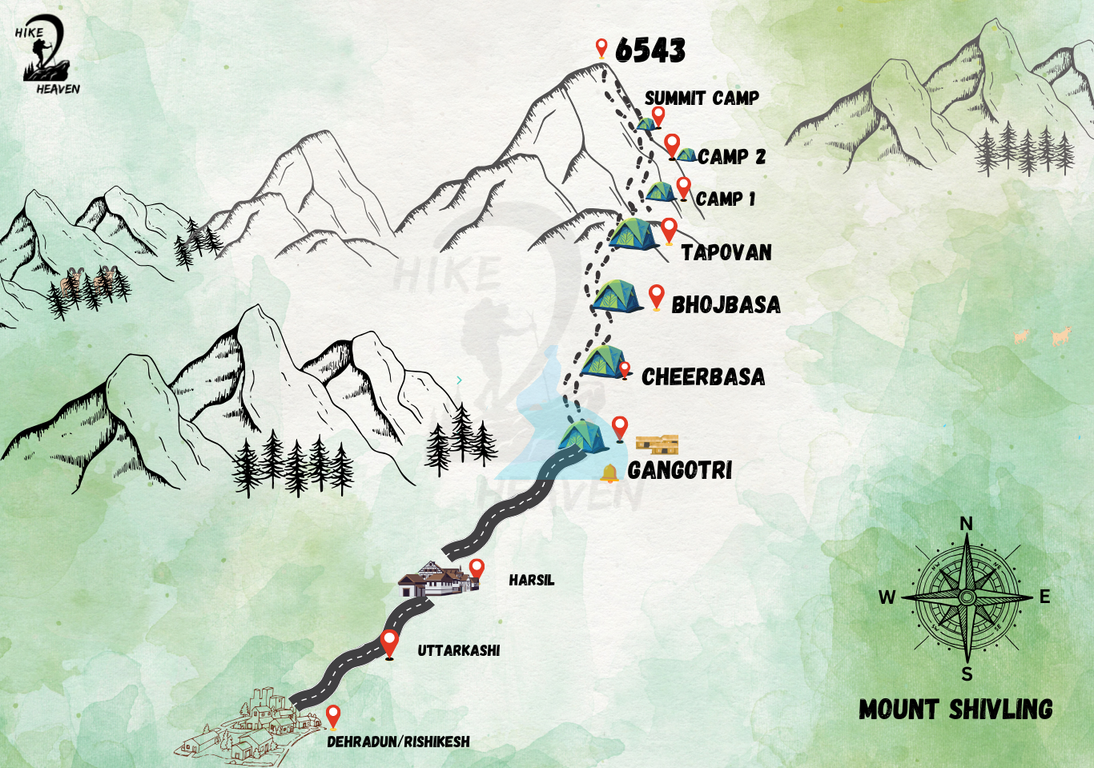
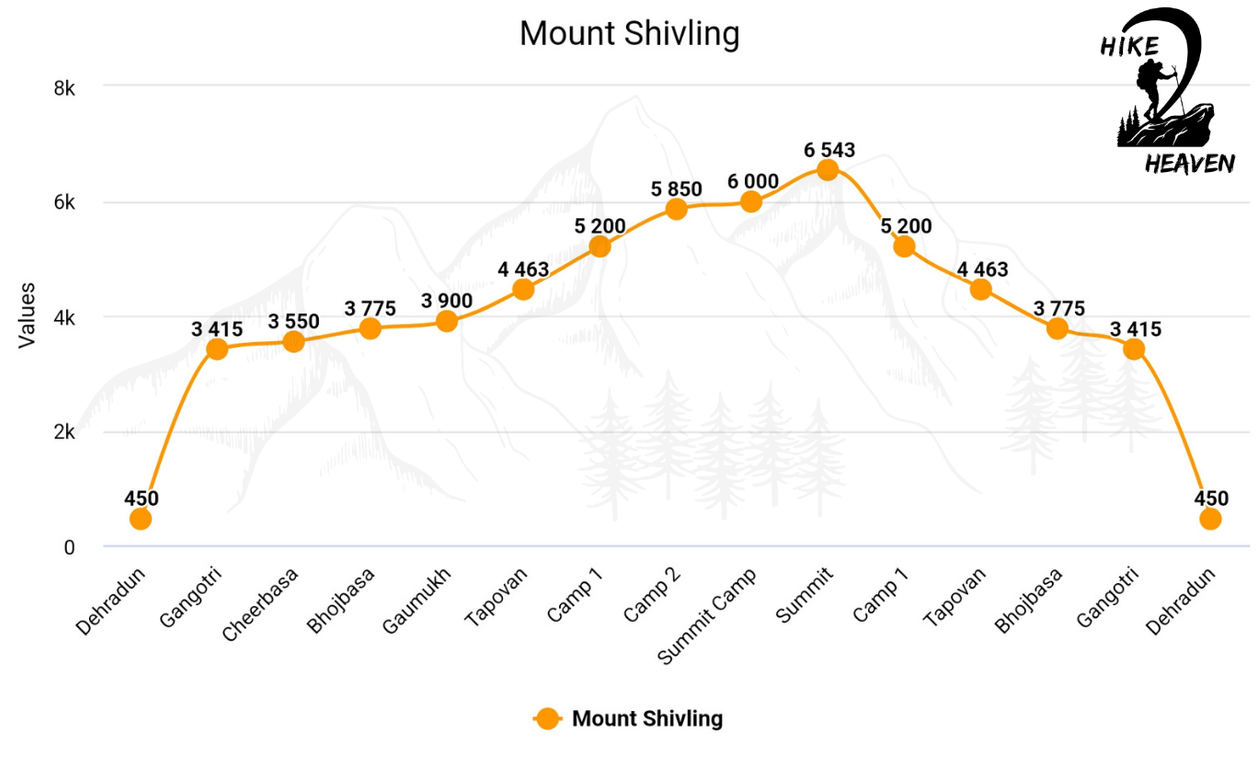
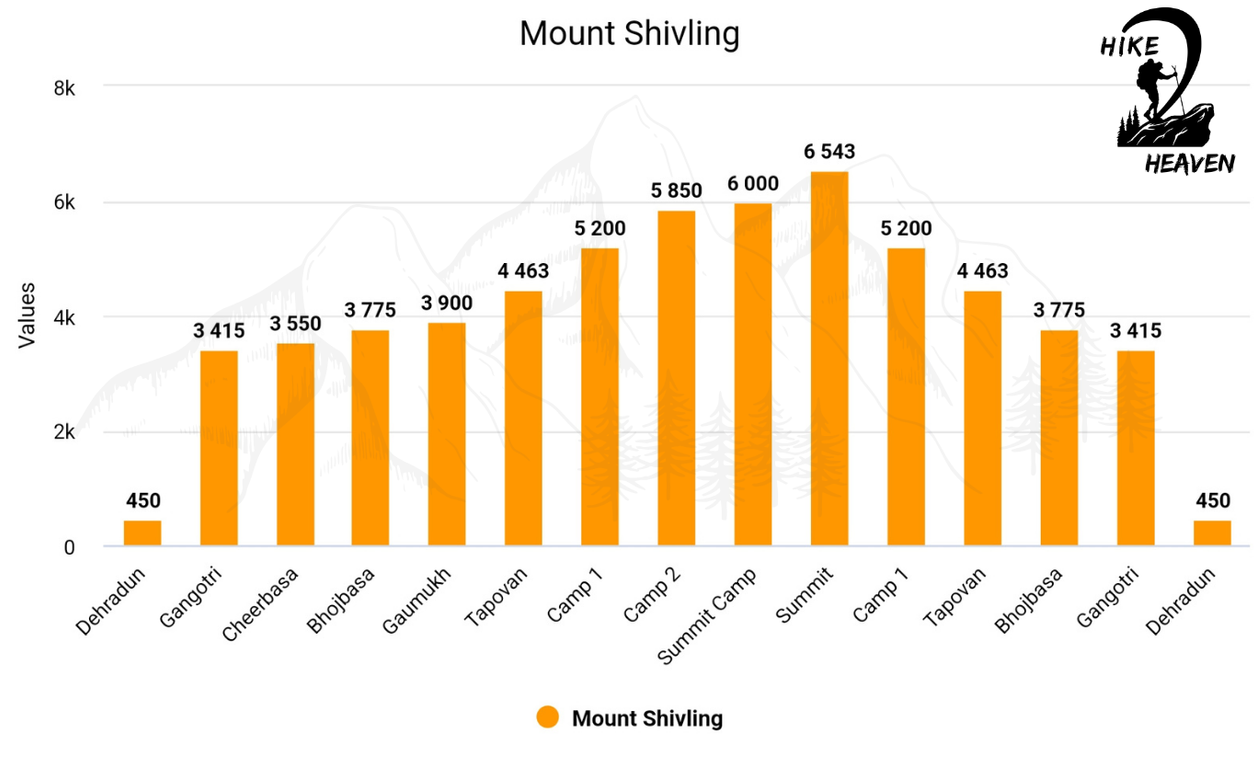
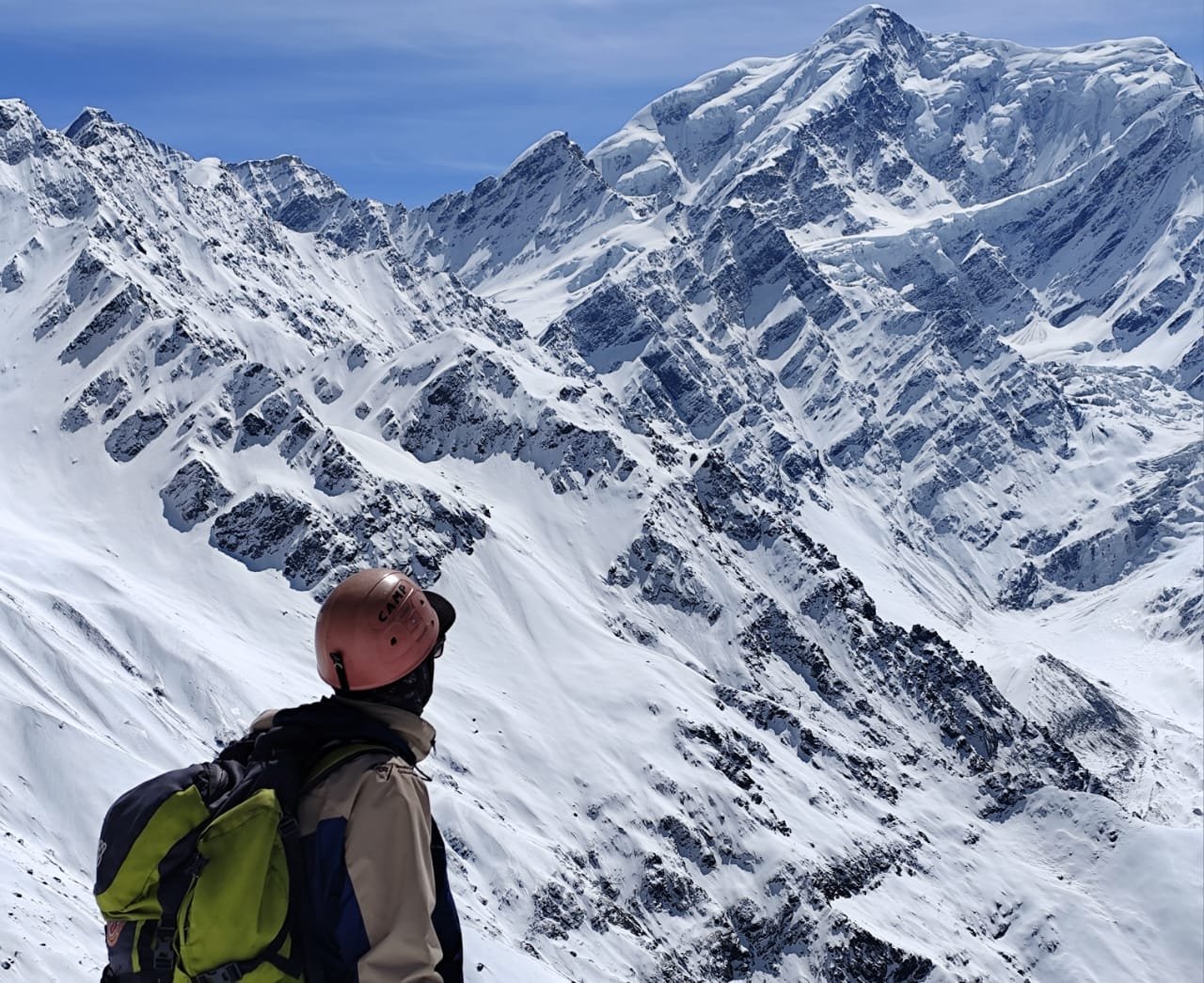
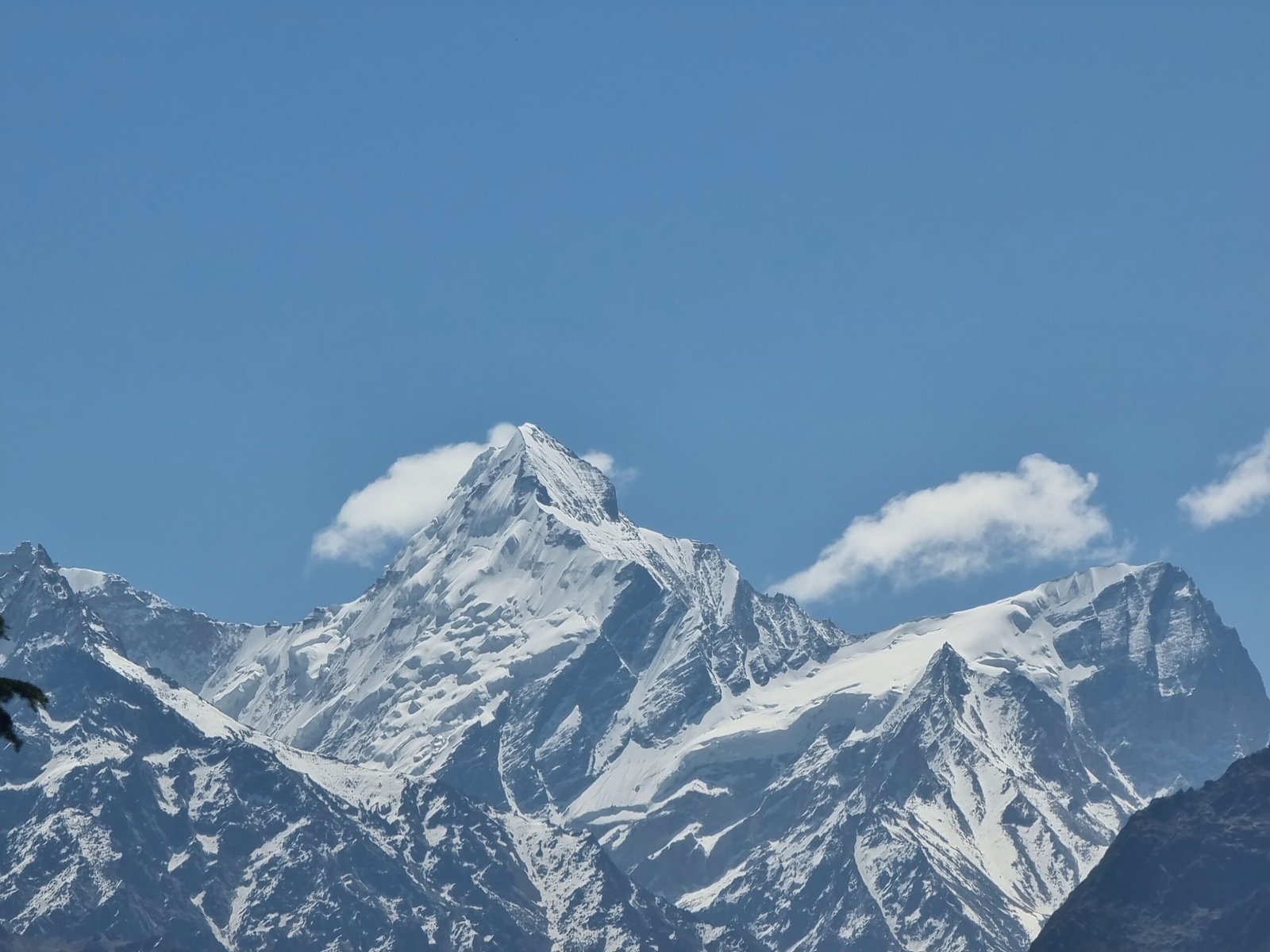
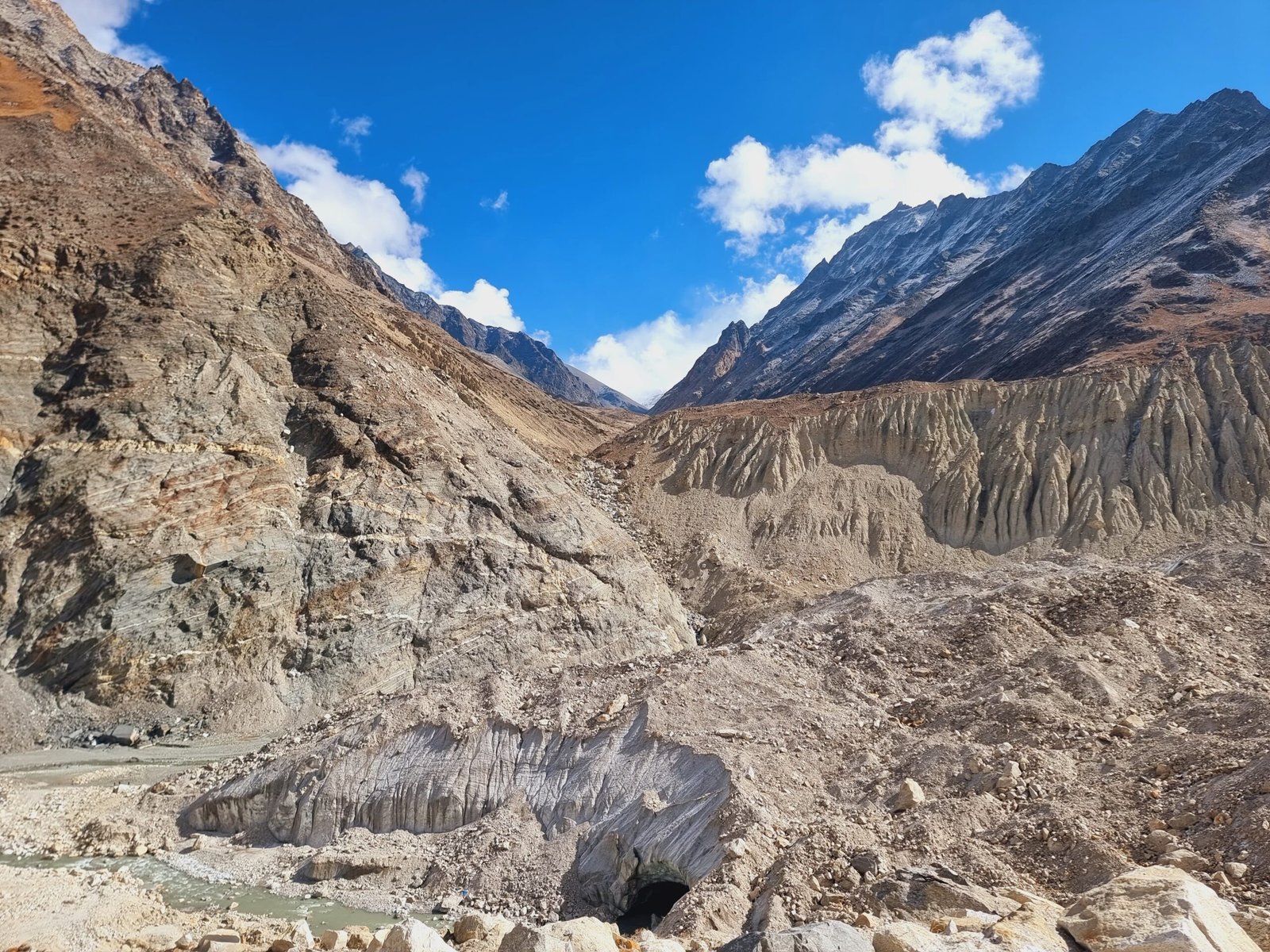
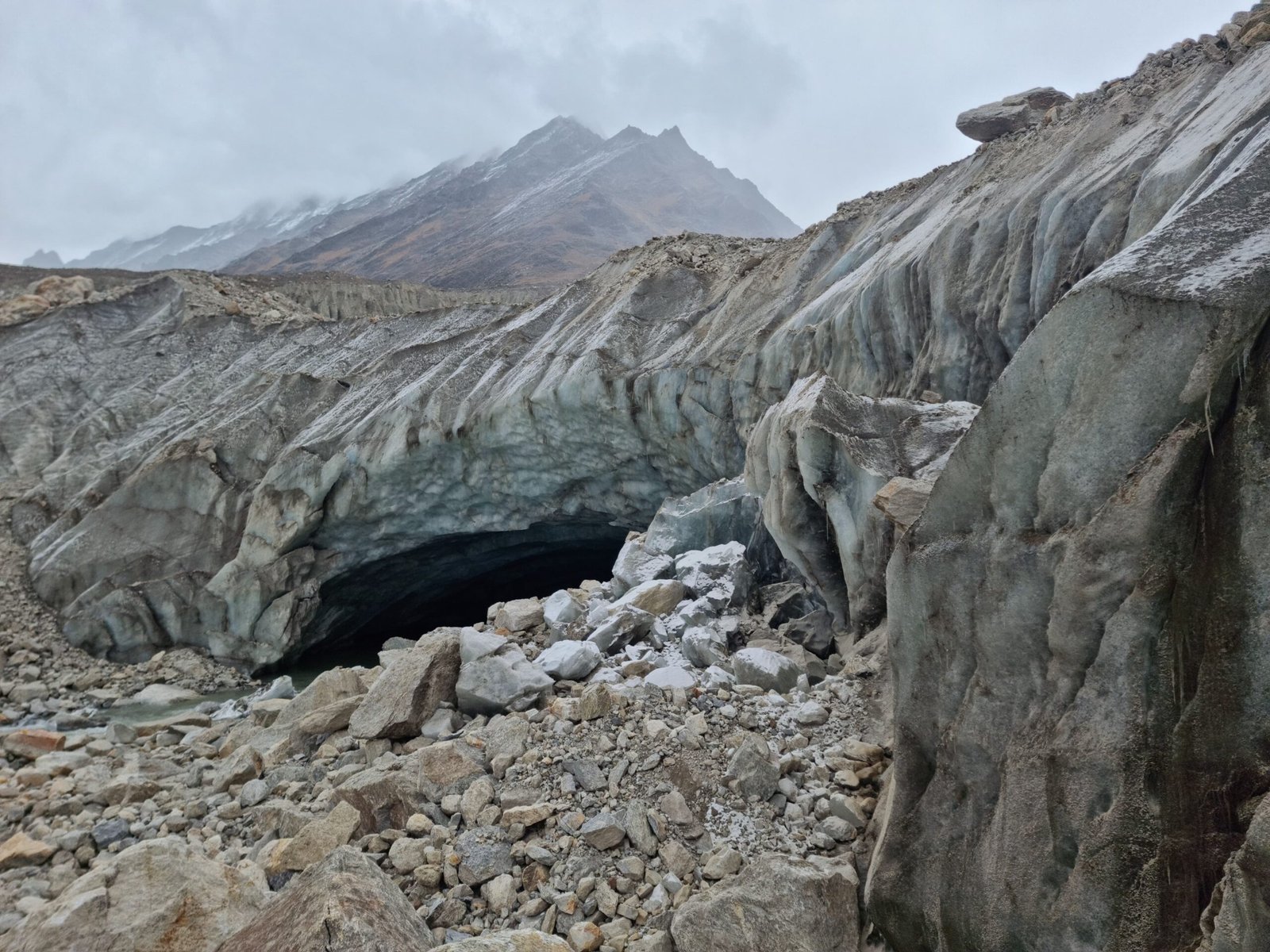
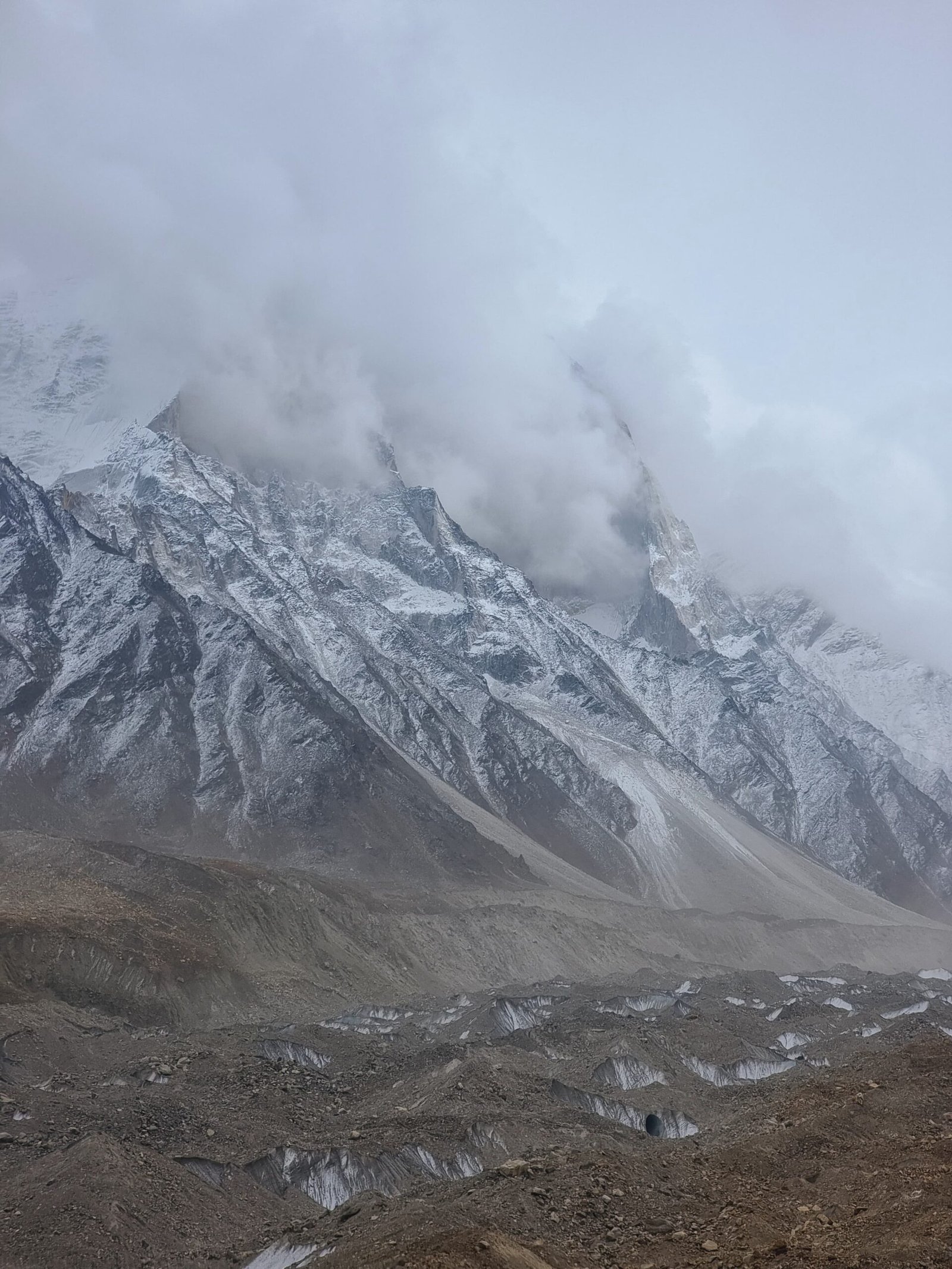
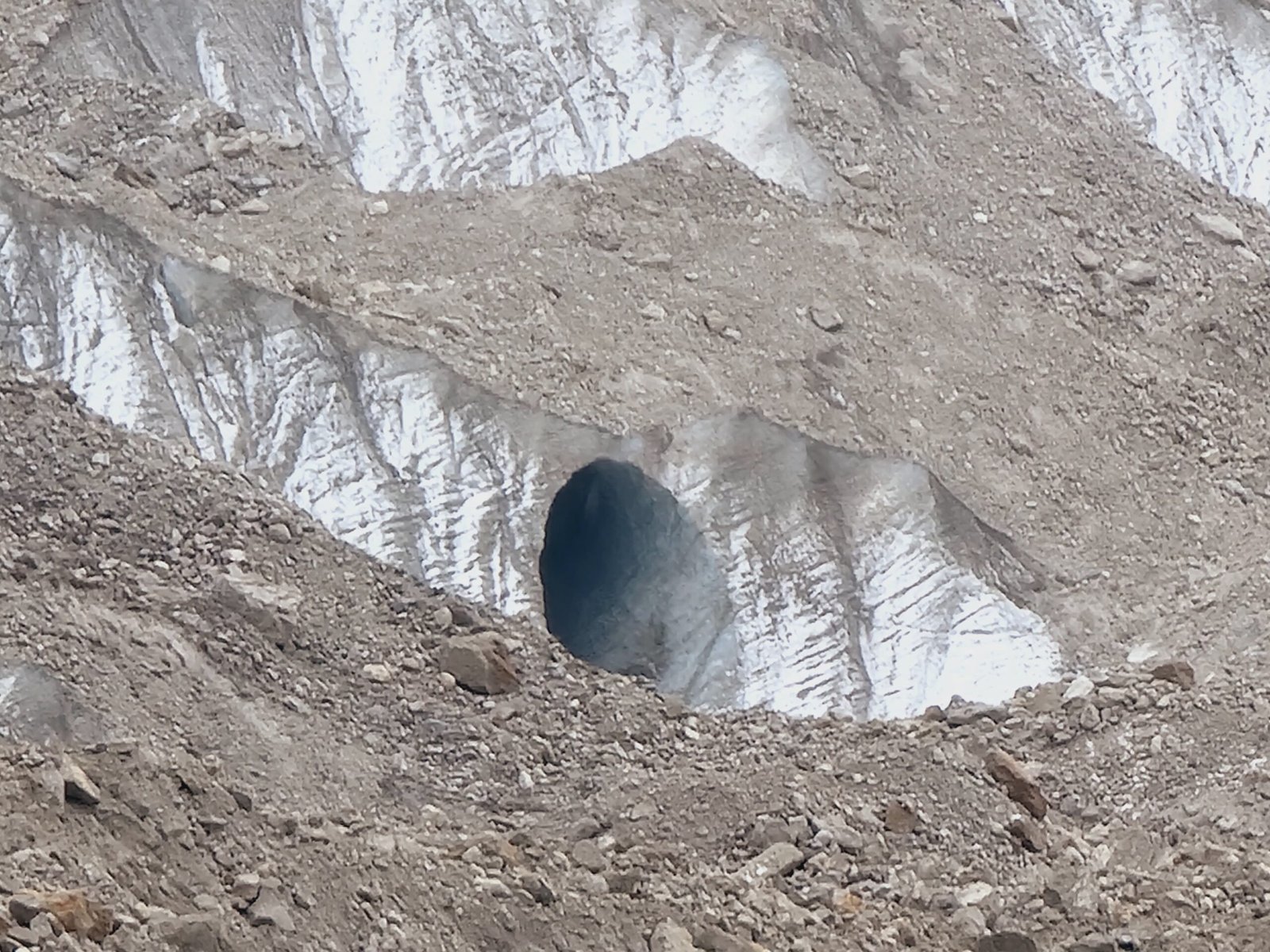
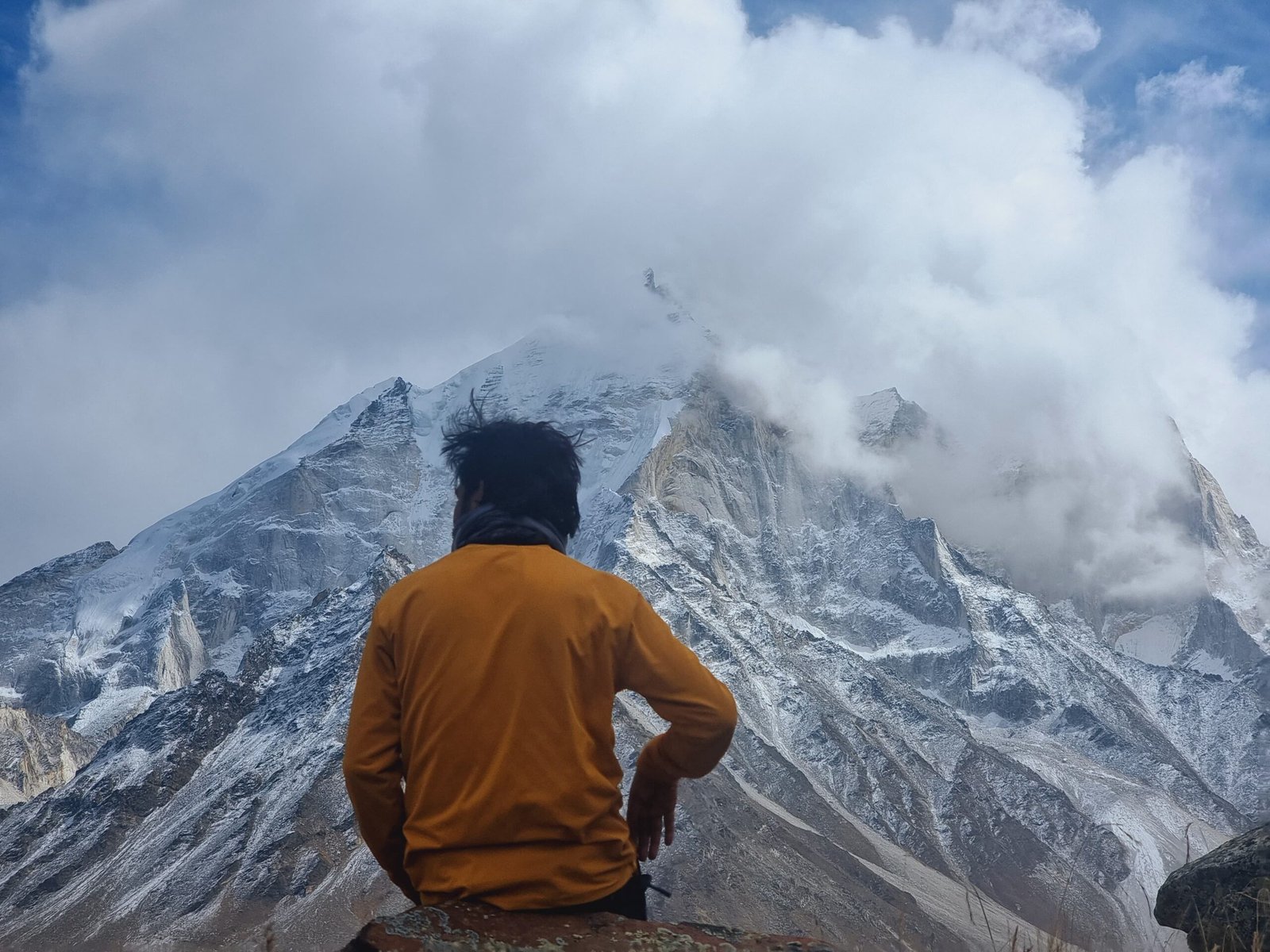

Write Your Review